University of Arizona associate professor Arun Dhar, Ph.D. to continue and expand Donald Lightner’s legacy
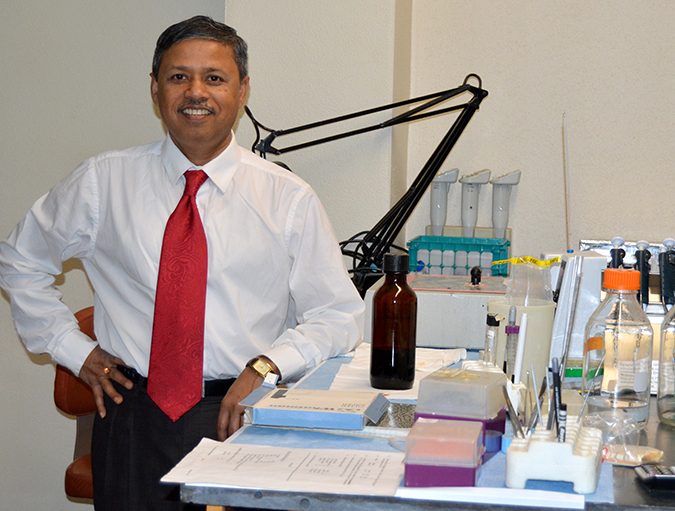
The world-renowned shrimp disease research laboratory at the University of Arizona in January named Arun Dhar, Ph.D., as its new director. Dhar, who joins the school after a three-year stint as a contract researcher at Intrexon Corp., aims to broaden the lab’s role in solving the challenges aquaculture faces in regards to disease.
The lab is regarded for its expertise in diagnostics, treatment and biosecurity against virtually all classes of crustacean pathogens and parasites.
Dr. Dhar, who was named an associate professor in the School of Animal and Comparative Biomedical Sciences, told the Advocate that Dr. Donald Lightner, his predecessor director of the Aquaculture Pathology Laboratory, left “big shoes to fill.”
“I often say that Dr. Lightner has brought the field from obscurity to global prominence,” said Dhar. Lightner, who announced his retirement in 2015 after a 44-year career, is credited with identifying the cause of Early Mortality Syndrome, or EMS, a disease that severely harmed global production of Pacific white shrimp (Penaeus vannamei) for several years after it was first detected in China in 2009. EMS is more technically known as AHPNS, or acute hepatopancreatic necrosis syndrome.
If you look at the history of shrimp diseases, both at a farm and at a research level, I always feel it is a catching game. In my judgment, this is not the way.
Dhar earned his Ph.D. in 1992 from the Indian Agricultural Research Institute in New Delhi, India, and conducted post-doctoral research at Agriculture Canada and at Tufts University School of Veterinary Medicine. Dhar, who has worked for start-ups as well as multinational biotech companies, has spent much of his professional career developing diagnostics, oral vaccines and therapies, and genetic markers for viral disease resistance in fish and shellfish.
He said he is optimistic about the opportunities facing the laboratory and himself personally, adding that his background makes him “perfectly suited” to fill the position.
“The role of the laboratory as we know it is providing to industry diagnostics and other needs. Under my leadership that service will not be minimized in any shape or form. We will continue to do what Dr. Lightner did over the years. But I’d like to grow what has been done,” he said.
That will include a heightened focus on functional genomics to help shrimp breeders and farmers prevent the spread of major diseases with disease-resistant stock, oral vaccines and other proactive approaches.
“If you look at the history of shrimp diseases, both at a farm and at a research level, I always feel it is a catching game. In my judgment, this is not the way,” he said. “It’s fine at the beginning, but now the time has come to study all diseases, even minor ones, as much as we can because it could be more important in the years to come. When an animal is infected with a vibrio, we need to understand how it immunocompromised the animal. It’s what makes them susceptible to things like EHP (Enterocytozoon hepatopenaei), or some new disease in the years to come. Once we have that kind of knowledge in hand, we can lead instead of follow.”
The laboratory team in Tucson provides a summer shrimp pathology short course, which has been attended by shrimp pathologists from all over the world, as well as short courses held on-site and in active shrimp farming regions worldwide. The research center, which also serves as the OIE (World Organisation for Animal Health) reference lab for crustacean diseases, regularly hosts visiting scientists and trains graduate and undergraduate students.
The researchers there have long been leaders in identifying shrimp diseases. Led by Dr. Lightner, in early 2013 they discovered that EMS was caused by an orally transmitted bacterial agent that colonizes the shrimp gastrointestinal tract and produces a toxin that causes tissue destruction and dysfunction of the shrimp digestive organ known as the hepatopancreas. It does not affect humans.
Lightner’s team identified the EMS/AHPNS pathogen as a unique strain of a relatively common bacterium, Vibrio parahaemolyticus, that is infected by a virus known as a phage, which causes it to release a potent toxin. A similar phenomenon occurs in the human disease cholera, where a phage makes the Vibrio cholerae bacterium capable of producing a toxin that causes life-threatening diarrhea.
Dhar said finding solutions to existing and emerging aquaculture diseases is the laboratory’s No. 1 goal, for shrimp as well as other fish species.
“We be solving industry issues as Dr. Lightner has done for decades so efficiently,” he said, admitting that his new position comes with a lot of responsibility – and a bit of pressure – beyond the walls of the facility he now leads. “Yes there’s the pressure but there are a lot of things that need to be done.”
Now that you've reached the end of the article ...
… please consider supporting GSA’s mission to advance responsible seafood practices through education, advocacy and third-party assurances. The Advocate aims to document the evolution of responsible seafood practices and share the expansive knowledge of our vast network of contributors.
By becoming a Global Seafood Alliance member, you’re ensuring that all of the pre-competitive work we do through member benefits, resources and events can continue. Individual membership costs just $50 a year.
Not a GSA member? Join us.
Author
-

James Wright
Editorial Manager
Global Aquaculture Alliance
Portsmouth, NH, USA
[103,114,111,46,101,99,110,97,105,108,108,97,97,103,64,116,104,103,105,114,119,46,115,101,109,97,106]
Related Posts
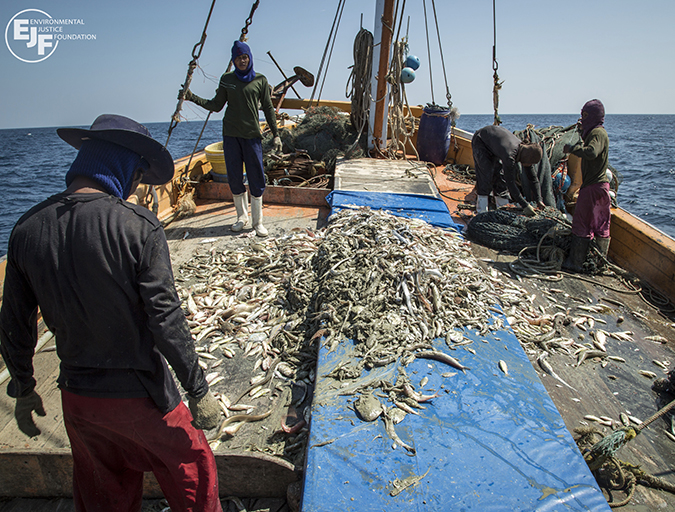
Responsibility
Intelligence, integrity in the fight against forced labor in seafood
In previewing the SeaWeb Seafood Summit, the Advocate examines human rights in the supply chain and the people who advance solutions in rooting out worker abuses. In part one of a three-part series, Environmental Justice Foundation co-founder Steve Trent talks about linking environmental security with human rights.
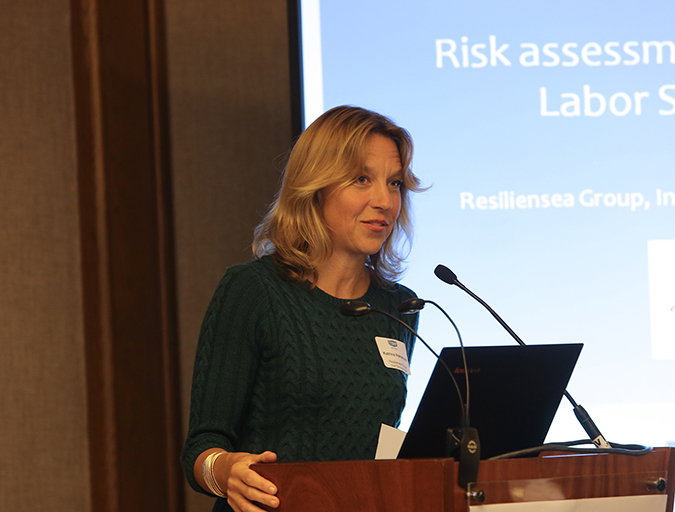
Responsibility
Technology, diligence in ensuring abuse-free seafood supply chains
The Advocate is highlighting people who advance solutions in social responsibility. In part two of a three-part series, Katrina Nakamura of Sustainability Incubator discusses identifying hot spots for abuses and taking steps to eliminate high-risk products.
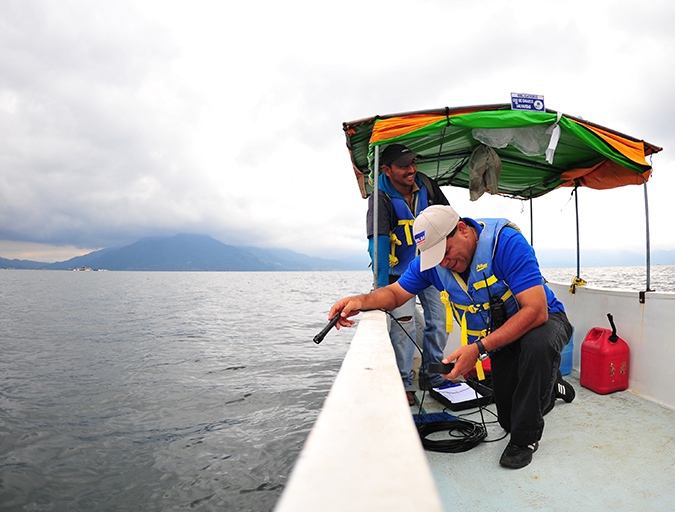
Responsibility
Fairness, stability in ensuring human rights in seafood
In the last of our three-part series on advancing human rights solutions in seafood, Magdalena Lamprecht-Wallhoff shares how social investment is key to the culture and success at Regal Springs Tilapia, the world’s largest farmed tilapia producer.
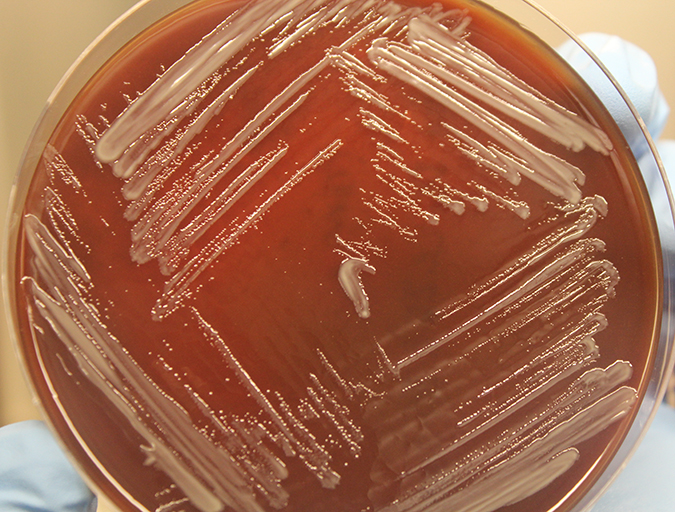
Health & Welfare
Studying the stubborn salmon disease SRS from afar
Piscirickettsia salmonis, or P. sal, is a persistent pathogen in the waters off Chile, causing millions of dollars of damage to the nation’s massive aquaculture industry. A university researcher 6,000 miles to the north hopes to provide insight that leads to the development of an effective vaccine.


